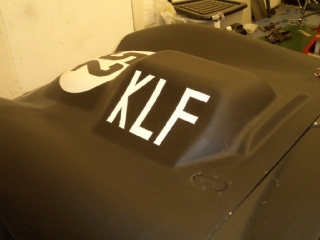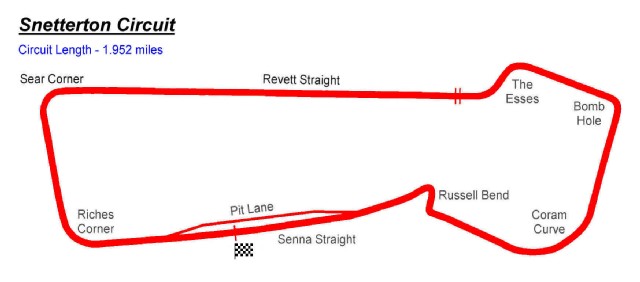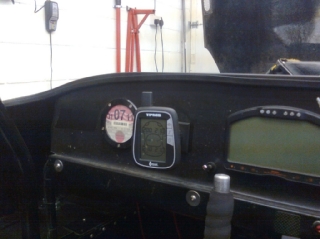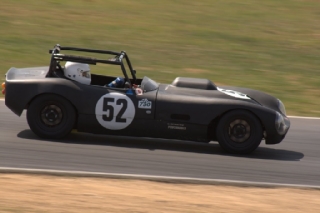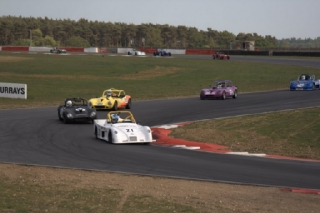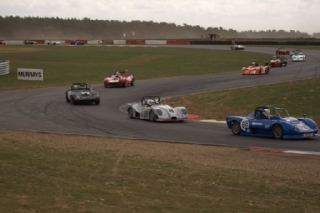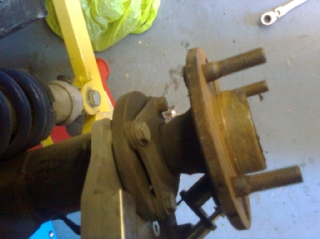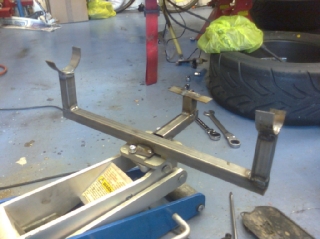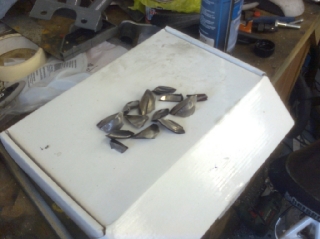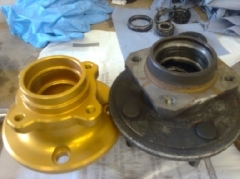Although there were no other cars in close proximity, I could see a
small white speck in my rear view mirror, which I knew must be Austen, who'd gone grass-cutting earlier on the
exit of Chapman. Austen's in the same class as me, and has a very similar car - same model of car, same engine,
same live axle suspension. So I really hoped that I'd be able to stay ahead of him, especially given the large
gap between us. However, I immediately (and rather absurdly) started feeling under immense pressure to do so, then
started over-driving, and going a good second a lap, on average, slower than I had been previously. Of course this
allowed Austen to catch up, and although I held him at bay for a while, he got round the outside of me at Riches.
A few laps later, with Austen still only a couple of seconds up the road, and on my last lap of the race, the leaders
came through. I made sure I didn't get in their way, and then saw the chequered flag.
All in all, a really fun race. The dicing with James Fowley was great, and although it was disappointing that Austen
managed to get past me, and that I got another rubbish start, I did end up finishing 13th, so once again solidly
mid-table. That worked out as being 5th in class, which I was also pretty pleased with. |
 |
